The past couple of days I have been filled with a lot of visual information. It started yesterday with our tour of the Kunsthistorisches Museum. When you walk inside, the building is filled with marble and has huge columns that lead your eyes up to the ceiling which is covered in painted murals. In all the archways and windows, there are tons of detail and Gustav Klimt even helped decorate the interior areas of the entryway and staircase leading upstairs with beautiful paintings. The museum is filled with the personal collection of the Hapsburgs, so it carries an essence of their personal style throughout the ages of their reign. The first thing we looked at was the statue of Thesius (a demi-god) killing a Centaur, which was sculpted by Antonio Canova who lived from 1757-1822. Canova was commissioned by Napolean, and Dr. O said that one interpretation of the strong image of man triumphing over primitive, animalistic nature could be Napolean’s conquering of Europe. After Napolean’s death, it was bought by Franz Joseph I where it has remained part of the collection. The statue is huge and catches your eye in a mix of both beauty and aggression.
The main aspect I focused on while touring the museum and listening to Dr. O’s descriptions and historical backgrounds behind the paintings, where the differences between the Protestant vs. Catholic paintings, and the styles of painters from different regions. Albrecht Durer was from Nuremberg and studied in Italy during the Renaissance. His paintings depict colorful biblical scenes with an emphasis on realistic human bodies to show off his knowledge of anatomy and physical dimensions. I thought it was very "Hitchcock-esque" how he always found a way to place himself in his paintings whether in the corner and off to the side, or right in the middle of all the action as a bystander. It shows pride for his work and his desire for getting acknowledged for his art.
Another Catholic painter that we looked at is Peter Paul Rubens, specifically, his painting called Miracles of St. Ignatious of Loyola. Rubens was part of the Baroque art movement and in this painting depicted the Jesuit monk Loyola healing the mentally ill possessed by the devil. The power to perform exorcisms and cleanse those of their madness was explained to us as used by the Catholic church as a form of propaganda. Ruben would make small scale paintings and then had a workshop full of artists to create the large scale version (unless of course he was commissioned specifically by a member of the royal family, in which case, he would compose the entire painting himself).
In contrast to the Catholic styles of iconic, theistic images glorifying Biblical characters, the Protestant painters had a much more individualistic style. Artists such as Rembrandt and Vermeer painted for themselves and sold their works through art dealers, to the public (versus painting for royalty and the glorification of the Catholic church). With the Protestant artists, there were many different styles and individuals on the scene, in contrast to one huge, popular painter that dominated the Catholic art scene. Rembrandt’s self-portraits are amazing, they capture this real image of how he saw himself, and one can view the sorrow in his eyes. He isn’t glorifying himself, but rather showing an honest vulnerability that is remnant of the individualistic, Protestant style of the ‘psychological painter.’ I really liked Vermeer’s The Allegory of Painting. It is an incredibly realistic depiction of an artist painting a real-life model in his studio, with amazing usage of light and space. Without looking at the woman’s face, the painting could be mistaken for a photograph because of it’s realistic composition.
After studying the Reformation and the Counter-Reformation, it was great being able to compare the Roman-Catholic and Protestant artists, and identify the different themes and style used depending on the time period of when the works were produced. I also really liked Dr. O’s detailed backgrounds on the artists, they’re inspirations, and the little facts that one would never know without her insider knowledge. The Kunsthistorisches Museum is definitely a place I want to go back and spend some more time in, getting lost amongst the beautiful art in such an extravagant building.
(I also really liked the classic Viennese cake we ate after the tour!)
Thursday, August 7, 2008
Subscribe to:
Post Comments (Atom)


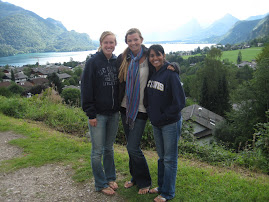
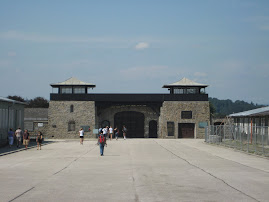
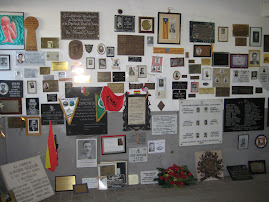
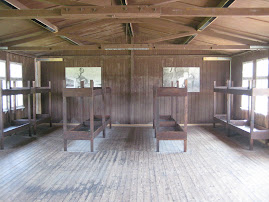
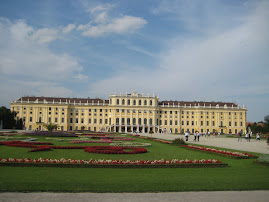
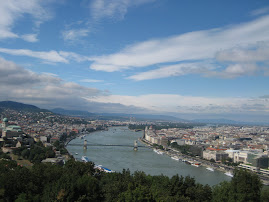
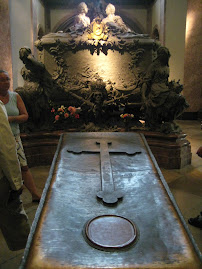
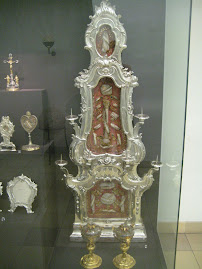
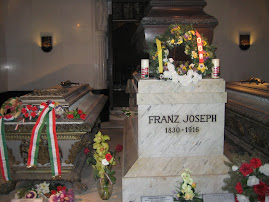

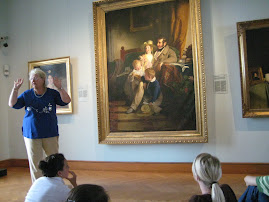
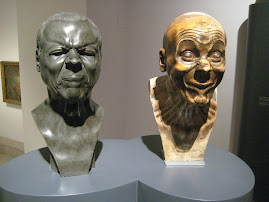
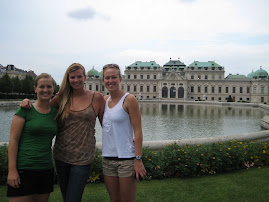
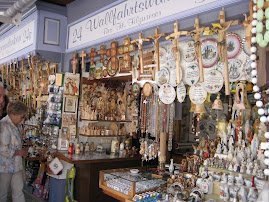
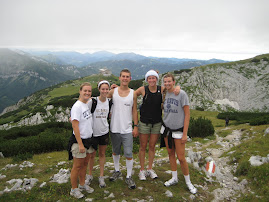
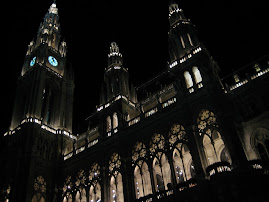
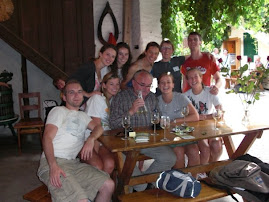
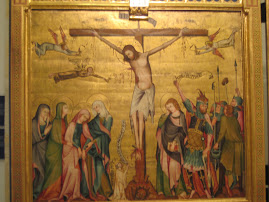
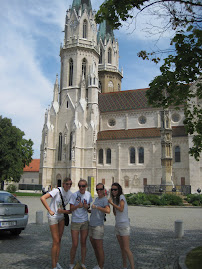
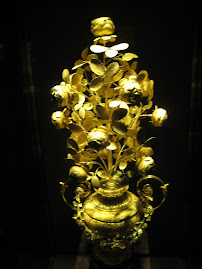
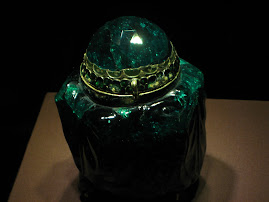
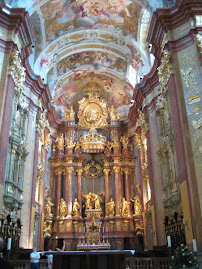
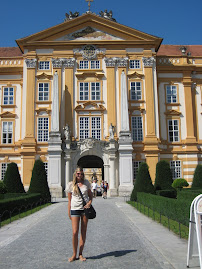
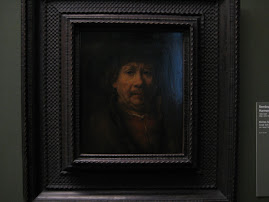
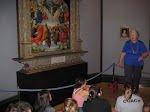
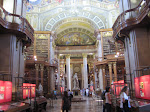
No comments:
Post a Comment